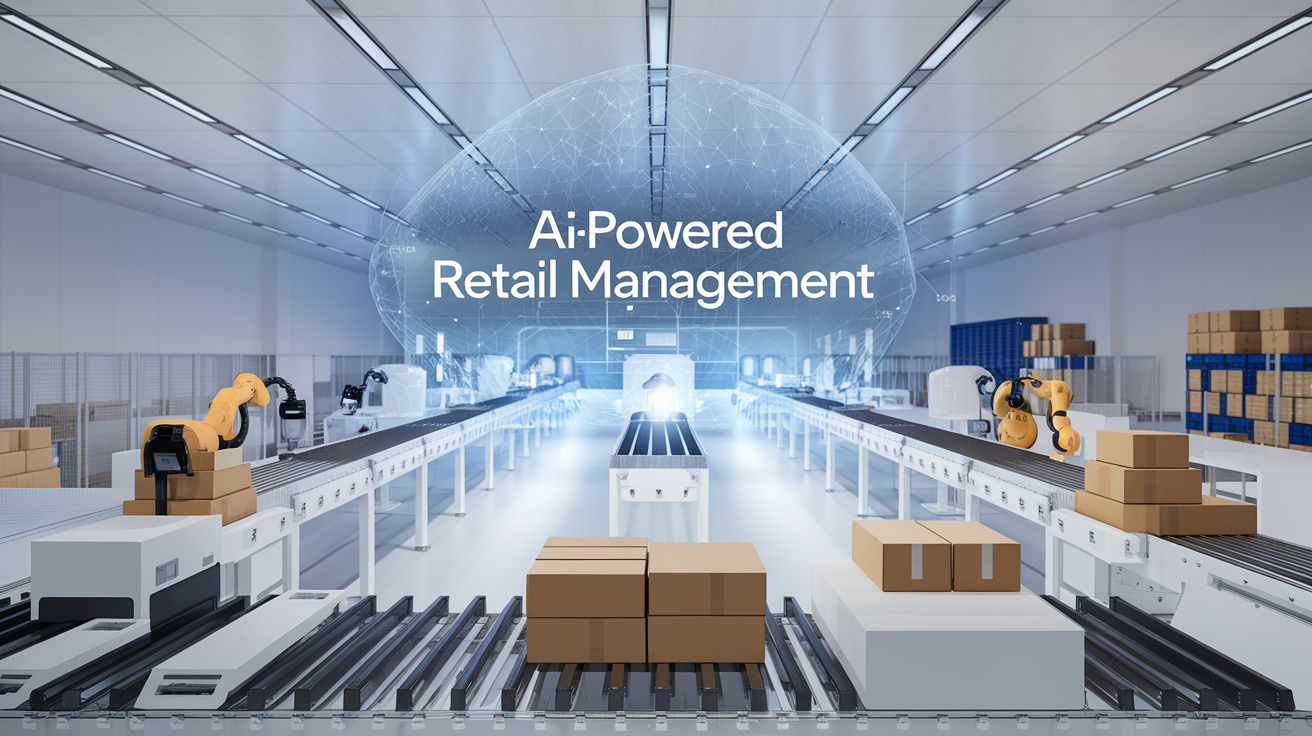
-
Machine Learning (ML): AI-powered systems analyze historical return patterns to predict why certain products are returned more frequently. This allows retailers to improve product descriptions, suggest better sizing, or optimize packaging—all leading to fewer returns.
-
Natural Language Processing (NLP): AI-driven chatbots and virtual assistants help customers initiate returns, understand policies, and troubleshoot issues in real time. This reduces the workload on customer service teams and ensures faster response times.
-
Computer Vision: AI-powered image recognition can assess the condition of returned products, determine if they qualify for resale, and automate the inspection process. This significantly reduces the time taken to sort, restock, or dispose of returned items.
-
Predictive Analytics: AI detects fraudulent return behavior by analyzing patterns of suspicious activities, such as repeated returns from certain accounts or refund abuse. Retailers can flag potential fraud and implement preventive measures, reducing revenue loss
1. Faster Returns Processing: Manually handling returns can take days, leading to customer dissatisfaction. AI-driven automation speeds up sorting, refund approvals, and restocking. Retail giants like Amazon and Walmart use AI-powered robotics to analyze, sort, and repackage returns, cutting processing time by over 50%. (Forbes)
2. Cost Savings & Profitability: Returns cost retailers billions of dollars every year. AI reduces these costs by:
-
Optimizing inventory management, ensuring the right stock levels.
-
Predicting return rates based on past purchases, allowing businesses to take preventive actions.
-
Reducing restocking inefficiencies, minimizing losses associated with returned inventory. (RTS Labs)
-
Fraud Prevention & Risk Reduction: Return fraud is a major issue, with losses exceeding $101 billion in 2024. AI helps by:
-
Identifying patterns in fraudulent returns (e.g., repeated high-value returns from the same user).
-
Verifying product authenticity with computer vision technology.
-
Preventing “wardrobing” (where customers buy, use, and return products fraudulently).
- Return Rate Analysis: AI helps businesses understand why customers return products by analyzing past trends. A fashion retailer using AI identified that size-related issues accounted for 70% of its returns. By improving size recommendations, it reduced return rates by 25%. (Forbes)
- Processing Time Reduction: AI-powered automation speeds up return processing, restocking, and reselling. For example, automated warehouses use AI to categorize returns, determining whether they should be:
- Repackaged and resold
- Repaired or refurbished
- Recycled or disposed of
- Improving Customer Satisfaction: Customers want hassle-free returns. AI-driven personalized return policies ensure a smoother, faster, and more transparent process. AI chatbots, for instance, guide customers through returns, reducing frustration and boosting satisfaction scores.
- AI-Powered Sizing Solutions in Fashion: A leading fashion retailer noticed a high return rate due to sizing issues. They integrated AI-driven virtual fitting technology, which analyzes customer body measurements and suggests the perfect size. The result? A 30% drop in returns and higher customer satisfaction. (US Chamber)
- AI Chatbot Handling Returns for an Electronics Retailer: An electronics retailer implemented an AI chatbot to manage return inquiries. Instead of waiting for a human agent, customers received instant responses, reducing customer service costs by 40% while improving return processing speed.
- Predictive Analytics for Pre-emptive Return Reduction
-
AI will analyze customer buying habits to predict potential returns before they happen.
-
Personalized product recommendations based on past purchases will reduce customer dissatisfaction.
-
AI-driven dynamic pricing and inventory forecasting will minimize the risk of unsold returned inventory.
- AI and IoT Integration for Smarter Returns
-
Smart sensors & IoT tracking will monitor product usage, detecting defects before customers even request a return.
-
AI-driven warranty services will predict maintenance needs, reducing returns due to product failures.
-
IoT data will provide real-time product condition tracking, ensuring that retailers can assess return eligibility instantly

Posted by PDI Marketing Team
Pacific Data Integrators Offers Unique Data Solutions Leveraging AI/ML, Large Language Models (Open AI: GPT-4, Meta: Llama2, Databricks: Dolly), Cloud, Data Management and Analytics Technologies, Helping Leading Organizations Solve Their Critical Business Challenges, Drive Data Driven Insights, Improve Decision-Making, and Achieve Business Objectives.




